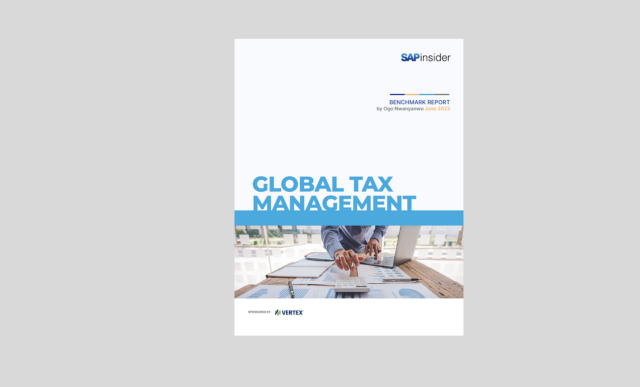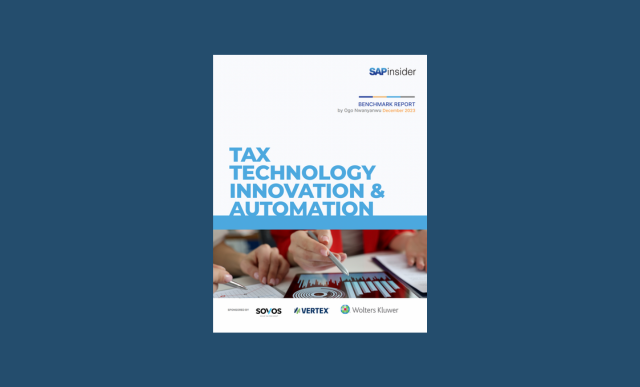Overhauling Outdated Tax Technologies
Meet the Authors
Key Takeaways
⇨ Manual workflows for tax compliance are becoming increasingly obsolete; companies must adopt advanced solutions that provide automation to streamline operations.
⇨ Partnering with experienced providers like Business Software, Inc. (BSI) can help organizations close skills gaps and implement efficient tax practices, leading to significant time and cost savings.
⇨ Automation is crucial for minimizing errors in tax processes; organizations must move away from manual calculations to avoid compliance risks and potential penalties.
Tax compliance is growing increasingly difficult for many organizations. Growing workforces and outdated technology hamper some companies from keeping up with the increasingly complex compliance requirements that are coming out.
To help companies understand how they can best keep pace with tax compliance requirements by overhauling their legacy systems, Business Software, Inc. (BSI) recently shared the story of how it helped one company move beyond manual workflows and overhaul its tax compliance processes.
Success Story
A mid-sized food distribution supplier encountered significant challenges managing payroll tax compliance across multiple jurisdictions due to a rapidly expanding workforce and a reliance on manual processes. The company’s traditional payroll tax remittance system was time-consuming, prone to frequent errors, and posed considerable compliance risks.
Explore related questions
Manual calculations for tax payments and reporting across various authorities not only created an overwhelming administrative burden but also exposed the business to potential penalties and strained internal resources. Moreover, the lack of a scalable solution meant that as the workforce grew, the existing processes could not efficiently handle the increased volume of payroll transactions, further complicating compliance efforts.
In response to these issues, the client turned to Business Software, Inc. (BSI)’s ComplianceFactory, a robust payroll tax filing solution designed to address the complexities of multi-jurisdictional tax remittance.
Finding the Solution
By integrating seamlessly with the company’s existing payroll system, ComplianceFactory automated many of the previously manual tasks, substantially reducing the risk of errors. The new system improved the accuracy of payroll tax filings, thus lowering the likelihood of penalties associated with compliance errors. Automation not only saved valuable time for the payroll team but also allowed them to focus on more strategic initiatives rather than being bogged down by administrative tasks.
The implementation of ComplianceFactory resulted in noticeable cost savings, as the reduction in manual labor and avoidance of penalties directly impacted the company’s bottom line. Additionally, the enhanced reliability and transparency of the tax filing process provided the payroll team with increased confidence in managing compliance.
The adoption of BSI’s ComplianceFactory transformed the payroll tax filing operations of the company, streamlining processes, improving accuracy, and positioning the organization for sustainable growth while mitigating the inherent risks of manual tax remittance.
What This Means for SAPinsiders
Manual workflows are no longer an option. For too long, companies have leveraged Excel and other manual options to take care of essential tax functions. Leading companies are transitioning to more advanced solutions that provide automation.
Rely on experience. Organizations may not have the experience or skills necessary to overhaul their own tax practices. Utilizing experienced partners like BSI can overcome these skills gaps and provide users with the ability to leverage new tools that save them time and effort, as well as minimizing their tax burden.
Errors must be minimized. Manual processes and workflows put companies at unnecessary risk. Whether that is manual data inputs or tax calculations by hand, organizations cannot afford to leave vital workflows in the balance. Automated solutions minimize the risk of errors and subsequent audits.






